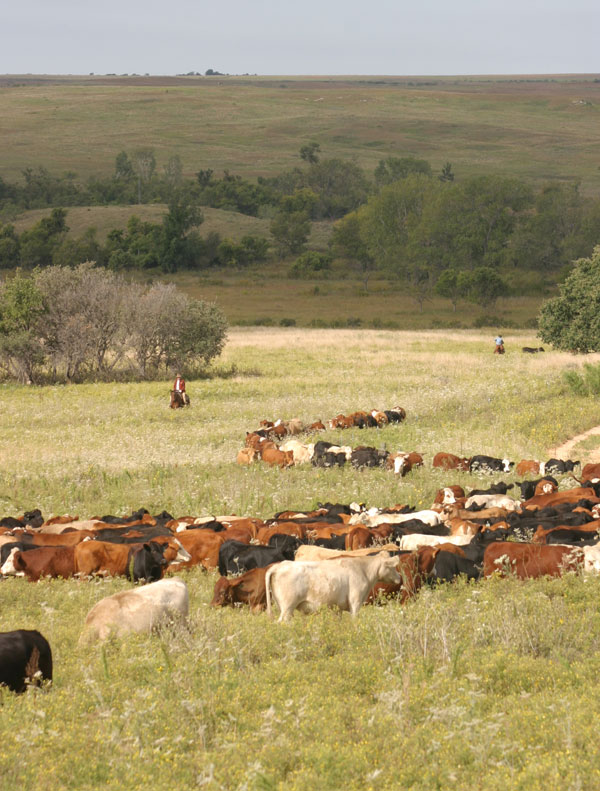September 17, 2015

Nearly every conversation I’ve had the last several weeks has been focused on one of two areas—what is the definition of superior genetics and superior management and how do we select for it? Then, how do we know we have it? Then, in another vein, how do we best identify and select those who will lead our industry and our country in the years ahead? After contemplating those conversations, it occurs to me that perhaps we are asking the wrong questions.
Superior genetics or superior management is almost by definition a moving target, one that varies with the environment, the marketplace or simply where we are at on a continuum that is ever-evolving and changing. Thus, the real question is what do we expect our genetics to accomplish? There is no singular right answer. Instead, the right answer can only be reached by correctly assessing the environment we are currently in and what we are trying to create.
On the genetic side, the question isn’t whether or not we can make genetics more profitable. We have the tools to do so; the question is what is needed to increase profitability? Some things are obvious—reproduction, calving ease, growth, efficiency and carcass merit are all important, but what is the ideal mix? What is the combination that results in the highest profits for a particular operation today, and what will that combination be in five or 10 years from now?
The dilemma is that we are changing the structure of our industry and that is changing the balance of traits. In the past, we have focused on incremental gains and the idea that we were moving the average forward in all areas, including profitability, with the understanding that there would be some necessary pendulum swings in order to move the average. That dynamic has changed now; we are asking whether or not we must change our management in order to combine it with improved genetics.
The seedstock industry is making those adjustments, but are they practical and duplicable for the commercial industry? We have made those decisions in the dairy, pork, and poultry industries but will the answer be the same in ours? Our variation in marketing targets and environments is dramatically different than what exists in our competitors’ worlds. The answer will determine tomorrow’s winners and losers.
On the leadership side, the question is this: we cannot select the right individual until we have identified what the expectations are and why we have failed in achieving that vision in the past. Inevitably, the failures of leadership have more to do with not understanding what needs to be accomplished than not having the right leaders in place.
The country is angry; the top three Republican candidates for president have never held a political office, and an admitted socialist is leading the latest polls in the first two primary states for the Democratic Party. The refrain is that there is simply a void of good leadership and leaders. However, it is the electorate that has allowed and created the situation where we have a system paralyzed by partisan politics instead of statesmanship.
Within the industry, we tend to assume that the failures we have experienced are simply the result of leadership mistakes. Perhaps we need to ask if it is a failure of vision, a failure of structure, or priorities rather than leadership.

18 photos show ranchers hard at work on the farm
Readers have submitted photos of hard-working ranchers doing what they do best - caring for their livestock and being stewards of the land. See reader favorite photos here.
Take NCBA. It has created a tremendous mechanism to build beef demand. The headway we have made in that regard has returned millions to the industry and the benefits have been enjoyed by everyone. That focus has not been without a cost however, and the perception of the policy side of NCBA has suffered as a result of those choices. Can both goals be achieved? If so, how?
You might also like:
Chipotle facing lawsuit for GMO-free claims
13 new utility tractors for the ranch in 2015
Who's the biggest seedstock producers in the U.S.?
How to prevent & treat pinkeye In cattle
Be watchful for toxic blue-green algae in stock ponds
How to get more than a preg-check from the vets preg-check visit
About the Author(s)
You May Also Like



